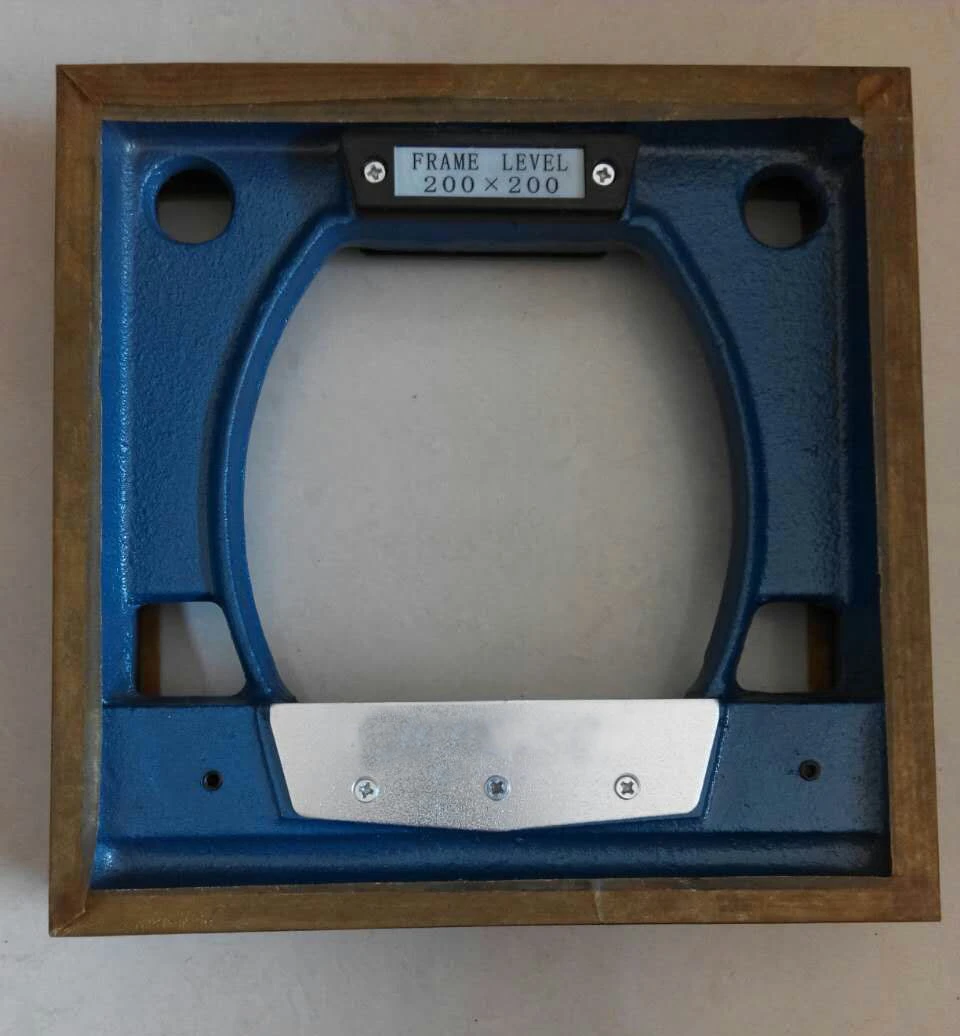सेप . 24, 2024 23:21 Back to list
cast iron surface plate
The Importance of Cast Iron Surface Plates in Precision Measurement
In the world of manufacturing and engineering, precision is paramount. Whether it's in machining, assembly, or inspection, having accurate measurements is crucial for ensuring the quality and performance of a product. One of the key tools that enable high levels of precision in measurement is the cast iron surface plate. This article explores the significance, characteristics, and applications of cast iron surface plates in various industries.
What is a Cast Iron Surface Plate?
A cast iron surface plate is a flat, stable foundation used for precision measurement and inspection. Typically made from high-quality cast iron, these plates provide a hard, rigid surface that can withstand mechanical stresses. Their primary purpose is to support measuring instruments such as calipers, micrometers, and height gauges, enabling accurate readings and assessments of workpieces.
Characteristics of Cast Iron Surface Plates
The effectiveness of a cast iron surface plate lies in its unique properties
1. Stability Cast iron is renowned for its dimensional stability. It resists deformation and maintains flatness over time, which is essential for precision work. The inherent stability of cast iron ensures that measurements remain consistent, even under varying environmental conditions.
2. Hardness and Wear Resistance Cast iron has excellent hardness, making it resistant to wear and abrasions. This durability allows surface plates to maintain their integrity even when subjected to heavy usage and contact with various tools and materials.
3. Vibration Damping One of the advantageous properties of cast iron is its ability to dampen vibrations. This characteristic is critical in precision measurement applications, as vibrations can lead to discrepancies and inaccuracies in readings.
cast iron surface plate

Applications of Cast Iron Surface Plates
Cast iron surface plates are used across a broad spectrum of industries, including
1. Manufacturing and Machining In machine shops, surface plates are crucial for layout, inspection, and testing processes. They serve as the reference plane for calibrating machines and verifying the dimensions of machined parts.
2. Quality Control In quality assurance laboratories, cast iron surface plates facilitate precise measurements for compliance with industry standards. They provide a reliable surface for gauging the dimensions of parts during inspections.
3. Toolmaking Toolmakers utilize surface plates for verifying the accuracy of specialized tools and dies. By ensuring that tools are within the specified tolerances, manufacturers can enhance product quality and reduce defects.
4. Engineering and Design Engineers often use cast iron surface plates during prototype development and testing stages. They are ideal for laying out designs and conducting experiments where precision is key.
Maintenance and Care
To ensure longevity and maintain the accuracy of a cast iron surface plate, proper care and maintenance are essential. Regular cleaning to remove debris and lubricating the surface can prevent rust and wear. Furthermore, periodic checks for flatness and wear should be conducted to sustain the plate’s precision abilities.
Conclusion
In summary, cast iron surface plates are indispensable tools in various fields that rely on accuracy and precision. Their unique properties make them an ideal foundation for measurement and inspection processes, ensuring that industries maintain high standards of quality. As manufacturing and engineering continue to evolve, the importance of such foundational tools remains unwavering, securing the reliability and performance of products worldwide. Understanding and utilizing cast iron surface plates effectively can be the difference between success and failure in precision-oriented tasks.
-
Why Metric Trapezoidal Thread is Ideal for Precision Motion ControlNewsAug.05,2025
-
The Unique Properties of a Block of Granite for Industrial UseNewsAug.05,2025
-
The Role of Flanged Y Strainers in Preventing Pipeline ClogsNewsAug.05,2025
-
The Importance of Regular Calibration for Master Ring GagesNewsAug.05,2025
-
How a Cast Iron Surface Table Enhances Accuracy in ManufacturingNewsAug.05,2025
-
Comparing Different Check Valve Types for Optimal Flow ControlNewsAug.05,2025
Related PRODUCTS









